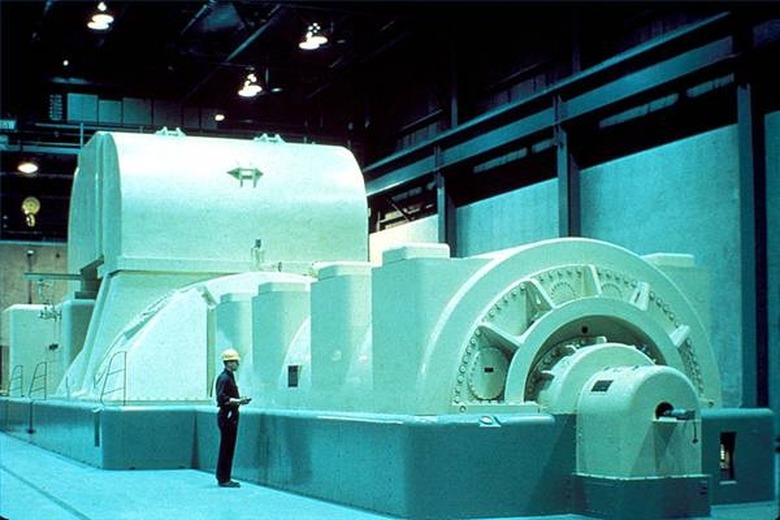How Does An Oil Power Plant Work?
How a Thermal Power Plant Works
All thermal power plants convert heat energy into mechanical energy, and then into electricity. This is done by using heat to turn water into steam and then directing the steam at a turbine. The steam turns the turbine blades, converting heat into mechanical power. This in turn runs the generator, which creates electricity.
The Oil-Fired Plant
The Oil-Fired Plant
Power plants that burn oil to produce electricity are called oil-fired plants. They are no different in general principle and operation from their fossil-fueled cousins, the coal-fired and natural gas-fired plants, and are even similar to geothermal and nuclear power plants in some respects.
Other Oil-Powered Designs
Other Oil-Powered Designs
Another means of using oil and other petroleum products to generate electricity is the internal combustion engine, which works by converting the explosive potential of burning petroleum and its derivatives directly into mechanical energy, and then using that mechanical power to run a generator. A gasoline-burning version of this system is present in every conventional motor engine in the world. Oil-fired combustion engine generators are common in circumstances when a fixed generator is needed but the power demand is too small to make a steam turbine practical.
Cite This Article
MLA
Thomas, Edwin. "How Does An Oil Power Plant Work?" sciencing.com, https://www.sciencing.com/oil-power-plant-work-4570209/. 24 April 2017.
APA
Thomas, Edwin. (2017, April 24). How Does An Oil Power Plant Work?. sciencing.com. Retrieved from https://www.sciencing.com/oil-power-plant-work-4570209/
Chicago
Thomas, Edwin. How Does An Oil Power Plant Work? last modified March 24, 2022. https://www.sciencing.com/oil-power-plant-work-4570209/
